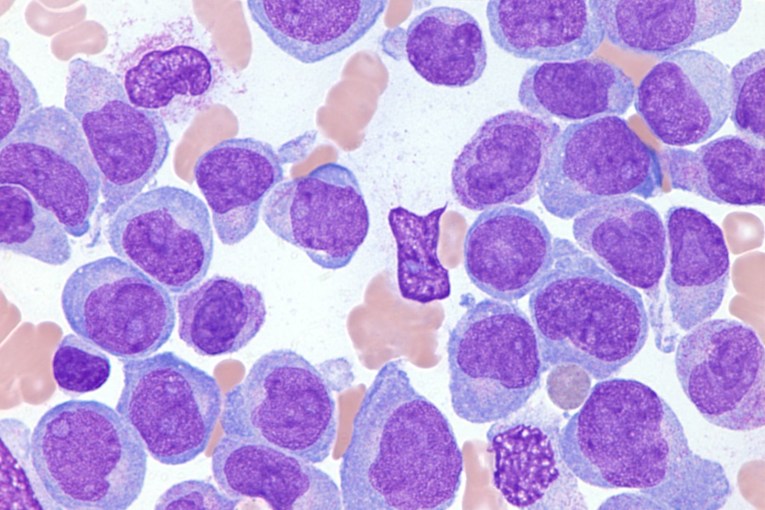More time outdoors for kids: Lower risk of developing multiple sclerosis


A minimum of 30 minutes a day in the sun seems to protect kids against MS. Photo: Getty
Here’s a tricky trade-off: We’re constantly told to keep our kids out of the sun lest they get burnt and develop a melanoma.
But a new study suggests that children, teens and young adults who spend at least 30 minutes outdoors during the summer months – when the sun is at its most potent – have a lower risk of developing multiple sclerosis (MS) as children.
The study also found that infants – children in the first year of life – have a lower risk of developing MS.
“Providing guidance on the best amounts of sunlight exposure to get while weighing the benefits against the risks is challenging,” said study author Dr Emmanuelle Waubant, a professor of neurology and paediatrics at the University of California San Francisco.
“We found that spending between one and two hours outdoors daily provided the most benefit, but spending as little as 30 minutes outside daily may cut risk of MS roughly in half.”
MS in children is rare
The authors note that most people start to get symptoms of the disease between the ages of 20 and 50 (the average age of diagnosis is 30).
Three out of four people diagnosed are female.
Childhood onset MS is “rare”.
The actual numbers are a bit vague: A 2020 study found that paediatric MS “affects approximately 2 to 10 per cent of individuals with MS”.
According to MS Australia, the most recent figures available show that more than 25,600 people are living with MS in Australia.
Ten new cases are diagnosed every week.
This suggests a new paediatric onset case is diagnosed from every five weeks to once a week.
What is MS?
MS is an incurable, chronic, often debilitating inflammatory neurological condition where the body’s immune system attacks itself and damages the protective insulation surrounding the nerve fibres (myelin) in the brain and spinal cord.
MS affects more young people than any other acquired chronic neurological disease, often striking in the prime of life.
MS can lead to a decrease in quality of life equivalent to late-stage cancer or a major stroke.
MS is caused by a “complex combination of factors that include genes, viral infections and ‘environmental’ factors, such as smoking, low sunlight and vitamin D, and others”.
So, the relationship between exposure to sunlight has been on the radar for some time – and goes some way to explain why people who live in northern latitudes (Scotland, Canada, Scandinavia) have markedly higher rates of MS.
The value of this new study is that it tries to quantify how much sunlight exposure might help prevent MS from developing in kids.
The study
The study involved 332 people with MS who had the disease for an average of seven months.
They were matched with 534 people of similar age and sex who did not have MS.
Participants ranged in age from three to 22.
Sun exposure was measured “as time spent outdoors, use of sun protection like a hat, clothing and sunscreen, plus the amount of ultraviolet light exposure based on where participants lived at birth and at the time of the study”.
The children or their parents or guardians answered a questionnaire about how much time they spent outdoors daily at various ages and in the past year.
After adjusting for smoke exposure, sex and other factors that could affect MS risk, researchers found that people who spent an average of 30 minutes to an hour outside daily in the summer before the study had a 52 per cent lower chance of MS compared to those who spent an average of less than 30 minutes outdoors daily.
Those who averaged even more time outside daily, between one and two hours, had an 81 per cent lower chance of MS than those who spent an average of less than 30 minutes outdoors daily.
The hitch
You would be hard pressed to find a doctor who would recommend Australian children having unprotected exposure to ultraviolet light for one to two hours a day.
According to the Royal Children’s Hospital: “During warmer months, when the UV-index rises above ‘3’, incidental sun exposure (the exposure your child gets by being outside as part of their usual daily life) is often enough to maintain adequate vitamin D levels”
Telethon Kids advises that during summer (in Perth and other parts of Western Australia) five to 10 minutes on most days of the week should suffice.
However, children with darker skin can need up to six times more exposure to sunlight than lighter kids to get the same vitamin D benefit.
We recommend you talk through this issue with your GP.








